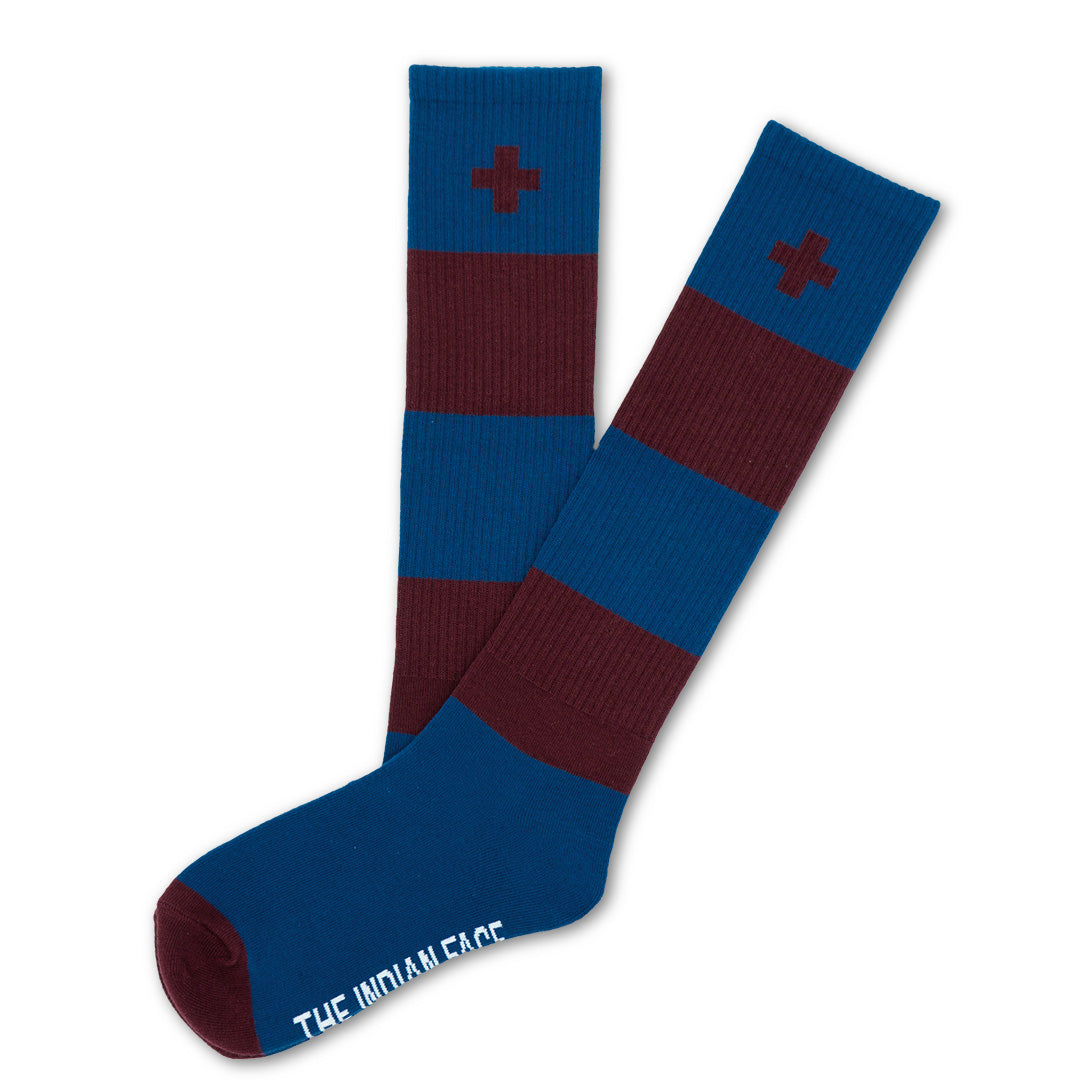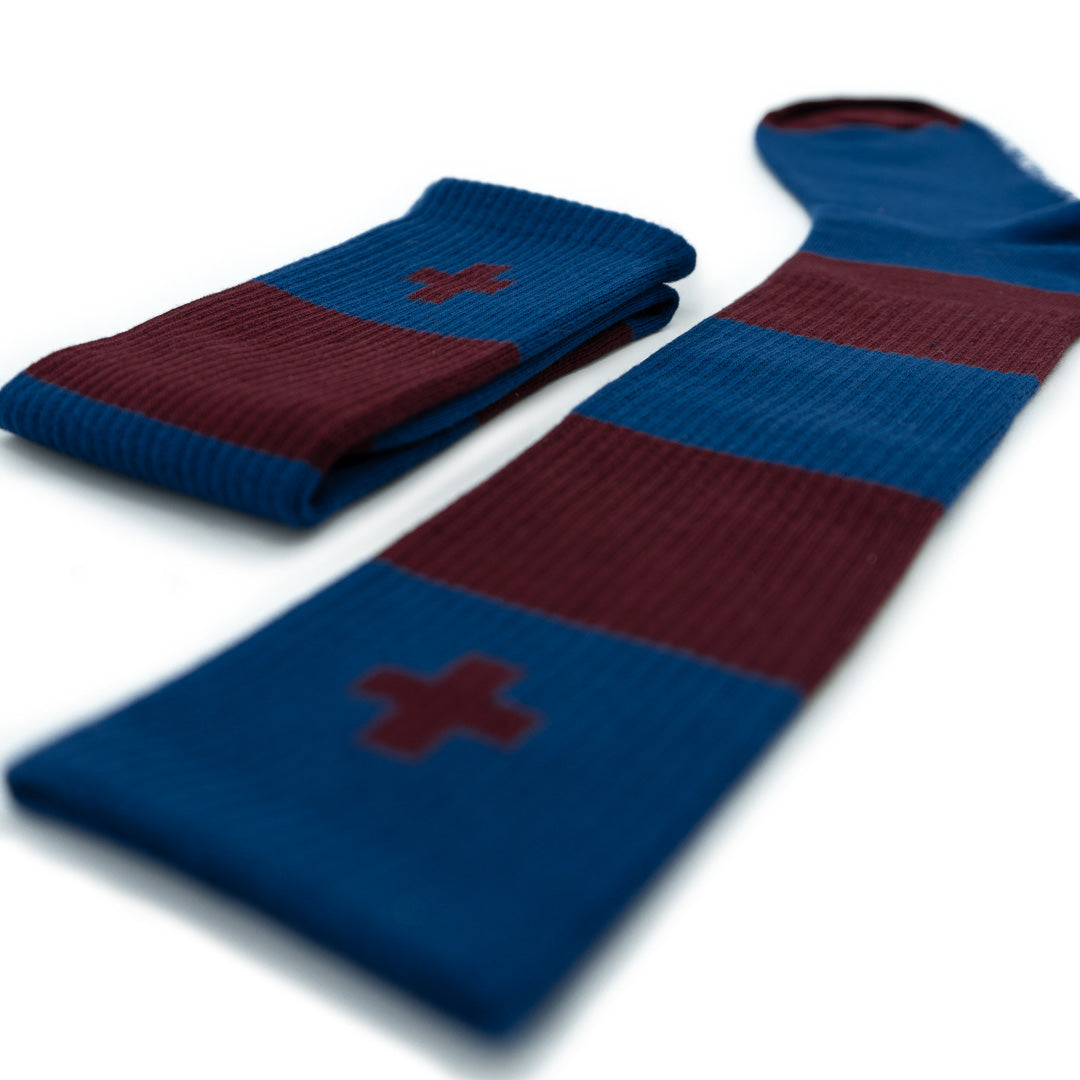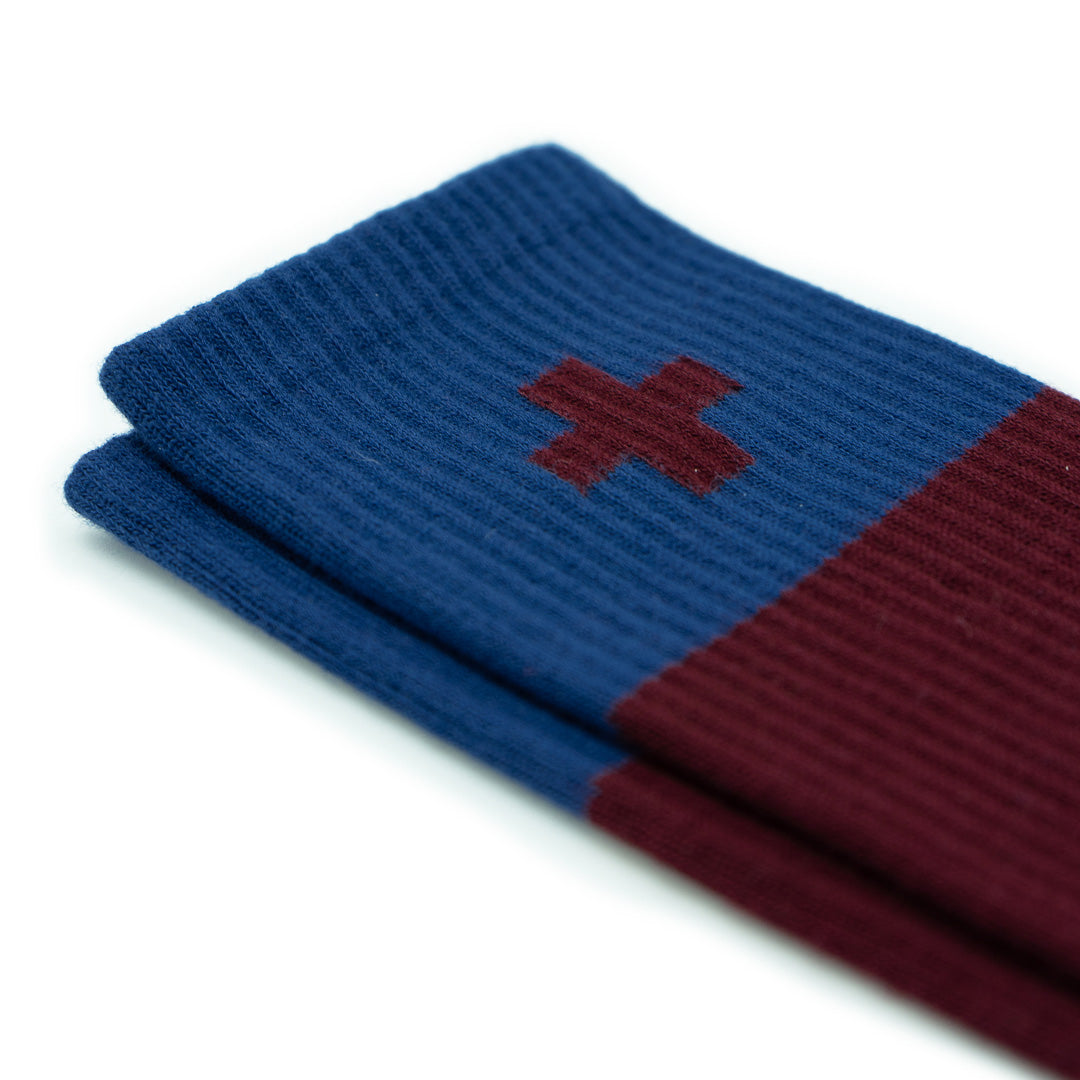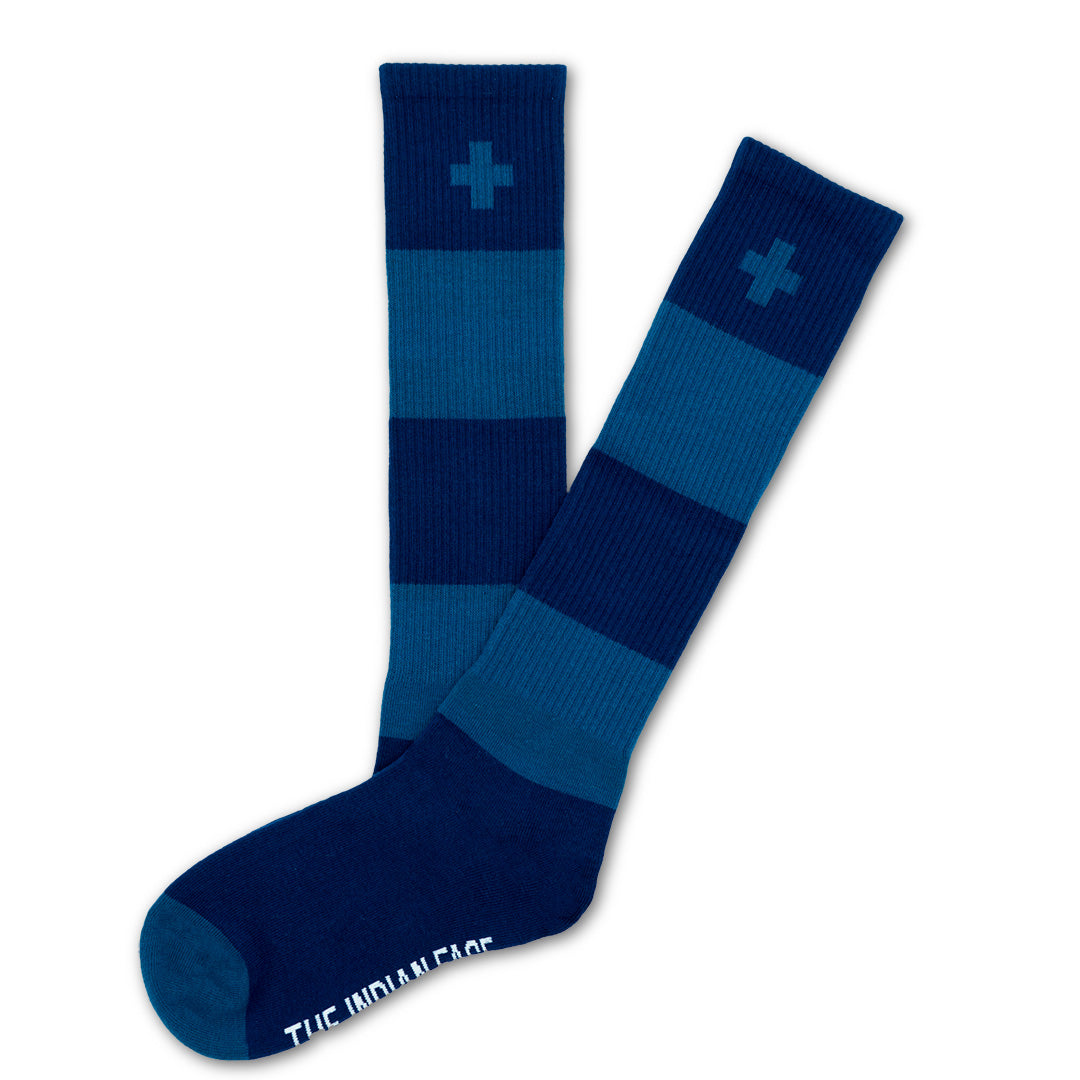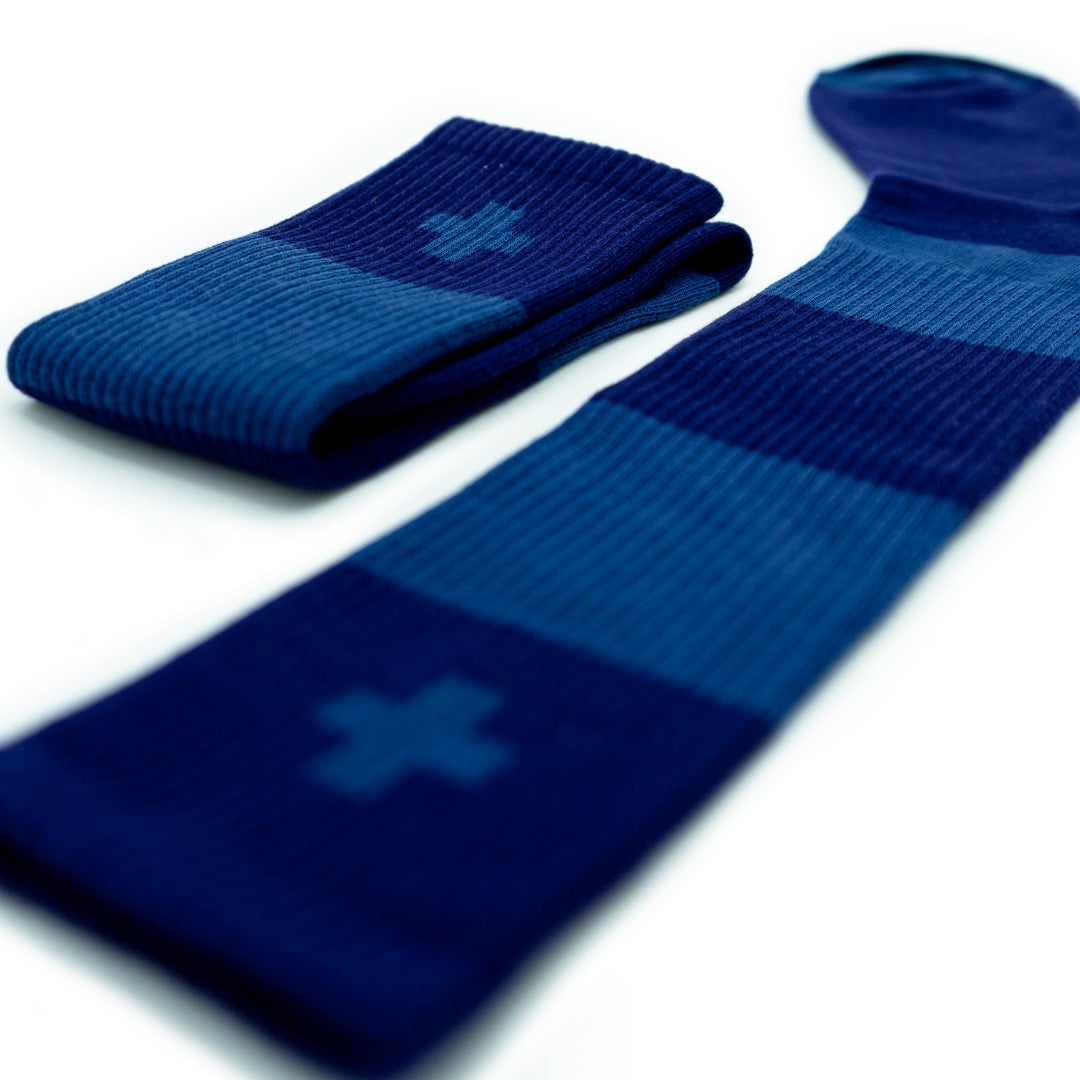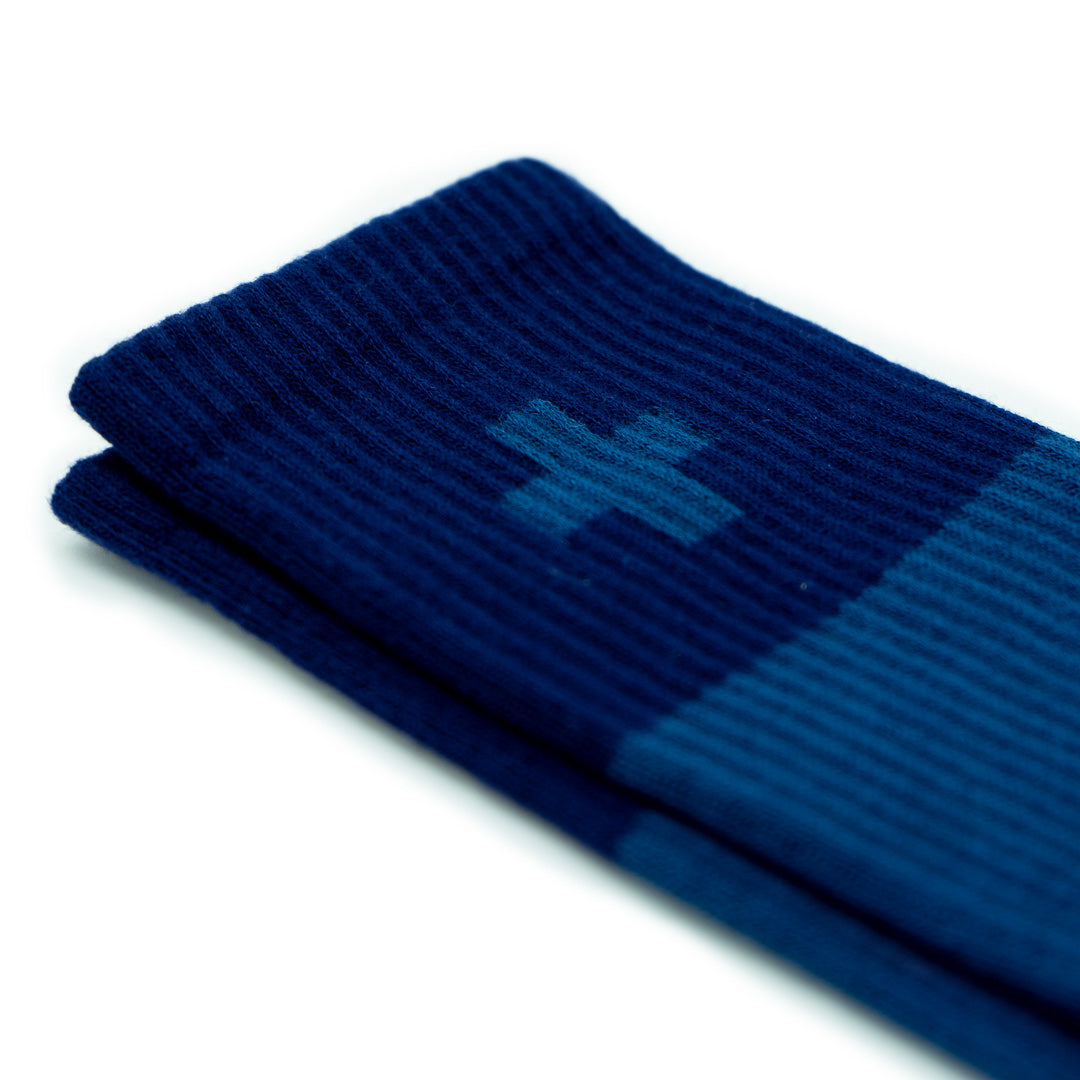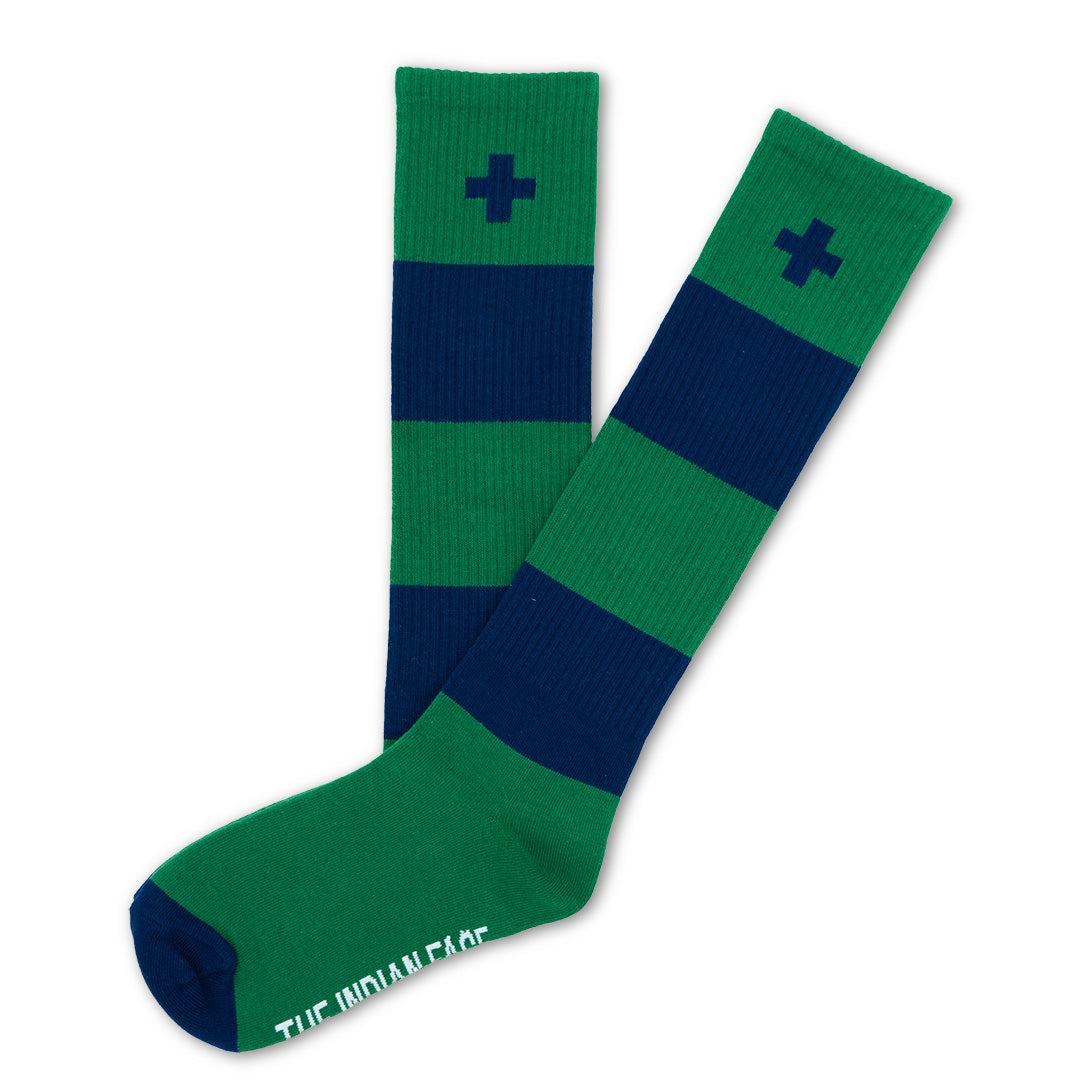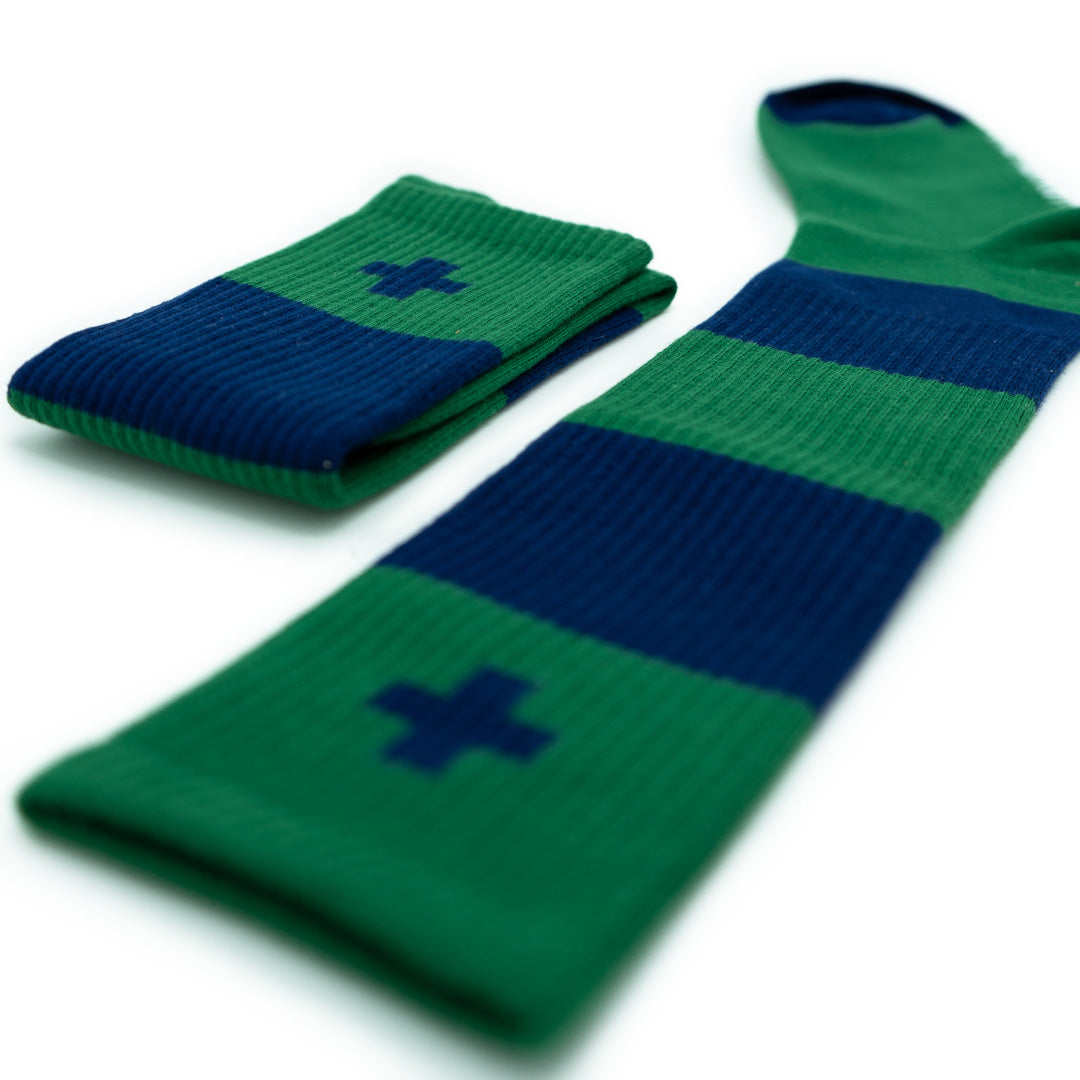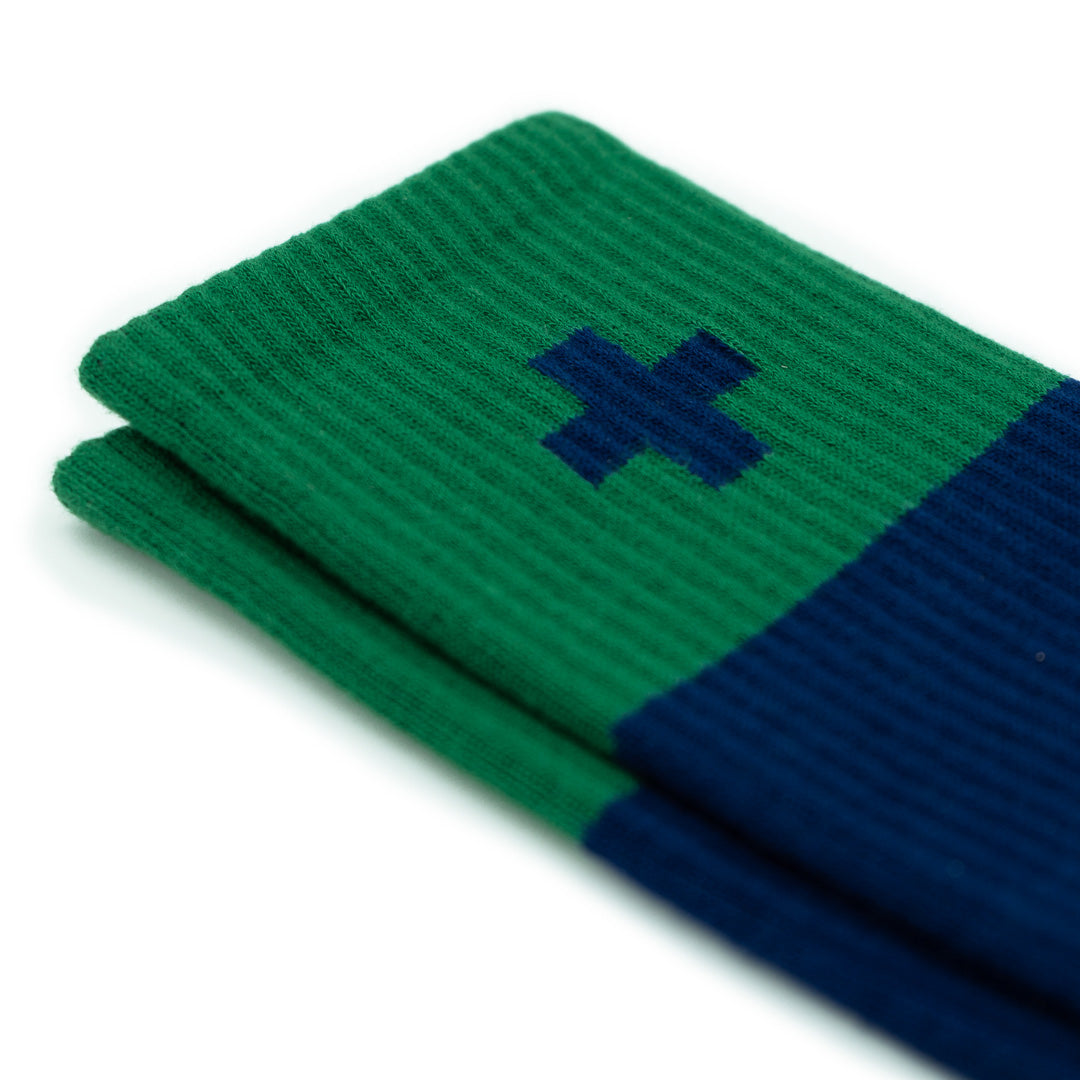It's time to renew your glasses. ski goggles Who's ready for the ski season? You feel the freedom and spirit of adventure when we do
He

If the ascent is done on skis or on foot, and not by other means (such as helicopter/ice-ski, snowplough, chairlifts, ski lifts, etc.), the rider will need to have an aerobic metabolism prepared for the action, since the traverse is normally long, intense and steep. In addition, for the approach phase, it is necessary to have strength and muscular endurance, especially in the lower part of our body, as well as to carry the necessary equipment with you during the journey, which will take several hours of walking.
For its part, the decline in the
It is an adventure sport that requires a lot of talent, a lot of freedom of movement but also a lot of strength and preparation!

How to prepare myself to do
Physical strengthening of the body (almost in its entirety) is one of the most necessary requirements when we practice
Do you want to know more about how to train your body for the
*Please note that this information does not replace the training or guidance of a fitness professional. It serves as a basic guide to action.*

How do I prepare for the
AEROBIC METABOLISM
The climb requires great endurance and strength from the rider. The approach on foot is usually an intense activity with almost constant effort for which we have to be very well prepared physically. For this, it is important to work on aerobic metabolism when we train for the climb.
What is aerobic metabolism?
It is the way in which our body generates energy by burning carbohydrates, fats and amino acids, when they are in the presence of oxygen. It is a process that part of cellular respiration and includes the generation of energy by cells through a process known as glycolysis (citric acid cycle and electron transport/oxidative phosphorylation).
The body uses aerobic metabolism to obtain energy throughout the day in order to fuel and promote the regular activity of our cells, muscles and organs. In prolonged exercise activities, the muscles require an operating energy production system, this being the Aerobic system, which needs energy to function and when we perform aerobic exercises and are able to maintain them, we improve our metabolism in this sense. Aerobic metabolism is also the reason why our lungs absorb oxygen to be transported by hemoglobin in the blood to all the tissues of our body.
POSTURAL MUSCULATURE
For both promotion and relegation in the
UPPER BODY MUSCULATURE
To train for the climb we must work the muscle groups of the upper and adjacent extremities including triceps, deltoids, latissimus dorsi, trapezius, pectoral, biceps, which are those involved in our action of assisting in the push with the poles.
It is recommended:
- Plates (1-3 sets of 30' to 60') on the hands and on the elbows.
- Chest pulldown (3-5 sets of 15-20 reps) with weight according to
- Weighted elbow flexion (3-5 sets of 15-20 reps) standing or sitting and using dumbbells, bars or pulleys.
- Elbow extension (3 sets of 15-29 repetitions) extending the arm with the dumbbell behind the head, to complete the stretch of all the muscles of the trunk and arms.
- Wrist flexion extension (3 sets of 15-20 repetitions) exercising wrist and forearm.

How do I prepare for the
He
ANAEROBIC ALACTIC METABOLISM
When the muscle begins to contract, it starts to feel the need for energy, and the cells of our body tend to store the energy needed for their reactions in certain molecules. The main one is adenosine triphosphate (ATP). The process where Phosphocreatine (a molecule that stores energy in skeletal muscle) is used to resynthesize ATP is called anaerobic alactic (Anaerobic because it does not need Oxygen for its function and Alactic because Lactic Acid is not produced).
This is an energy production system that has a very large flow and will be very good for training.
We start our anaerobic metabolism during exercise mainly with:
- Very fast aerobic exercise, for example, cycling or running quickly.
- Short-duration intense efforts to strengthen the cardiovascular system and muscles, for example, sprints or sprints of 30 seconds.
- Strength exercises such as weight lifting (strenuous efforts in a short period of time)
ABDOMINAL MUSCULATURE
Working on our abdominal muscles will be very important, as it is essential to have a strong torso that allows us to move around on the board or skis, and to move with greater agility and skill on the descent. We will need to be able to balance ourselves and lean forward and to the side constantly, and we will only be able to do this by doing abdominal exercises standing and on the floor, and series of planks that strengthen our abdominal muscles.
LOWER BODY MUSCULATURE
During the practice of
Recommended:
- Barbell squats (3-5 sets of 6-8 reps) with weight according to your abilities, and in a gradual manner to ensure greater progress. Vary with the bar in front of and behind the head.
- Romanian Deadlift (2-4 sets of 8-10 reps) Add weight and difficulty progressively as possible.
- Bulgarian dumbbell squats (2-5 sets of 6-8 reps) Add weight and difficulty progressively as possible.
- “Glute ham raise” or hip extensions in Roman chair (3-5 sets of 8-15 reps)
- Traditional dumbbell squats (3-6 sets of 3-5 reps) Add weight and difficulty progressively as possible.
To this we can add balance exercises on specialized gym equipment such as a Bosu, or on a sports foam roller.
*Remember that this This information does not replace the training or direction of a physical health professional. It functions as a basic guide to action*
INFOGRAPHIC
Preparing ourselves physically for action in the snow is of utmost importance and also key to achieving our goals in the
Never forget that safety and crisis management are very important, even if you are doing these exercises in the snow for training. Keep in mind that low temperatures are also an important factor to consider.Our technical level must be optimal in every sense. The mountain is unpredictable and we must be really ready for action!

We recommend that you always have the best adventurous energy and be very willing to get down to business. It is always good to remember the correct use of sports equipment, good wide skis, carrying your Arva in hand, and good ski gogglesYo, but also be very well prepared physically and mentally for this sport discipline. Train specifically for the






















































































